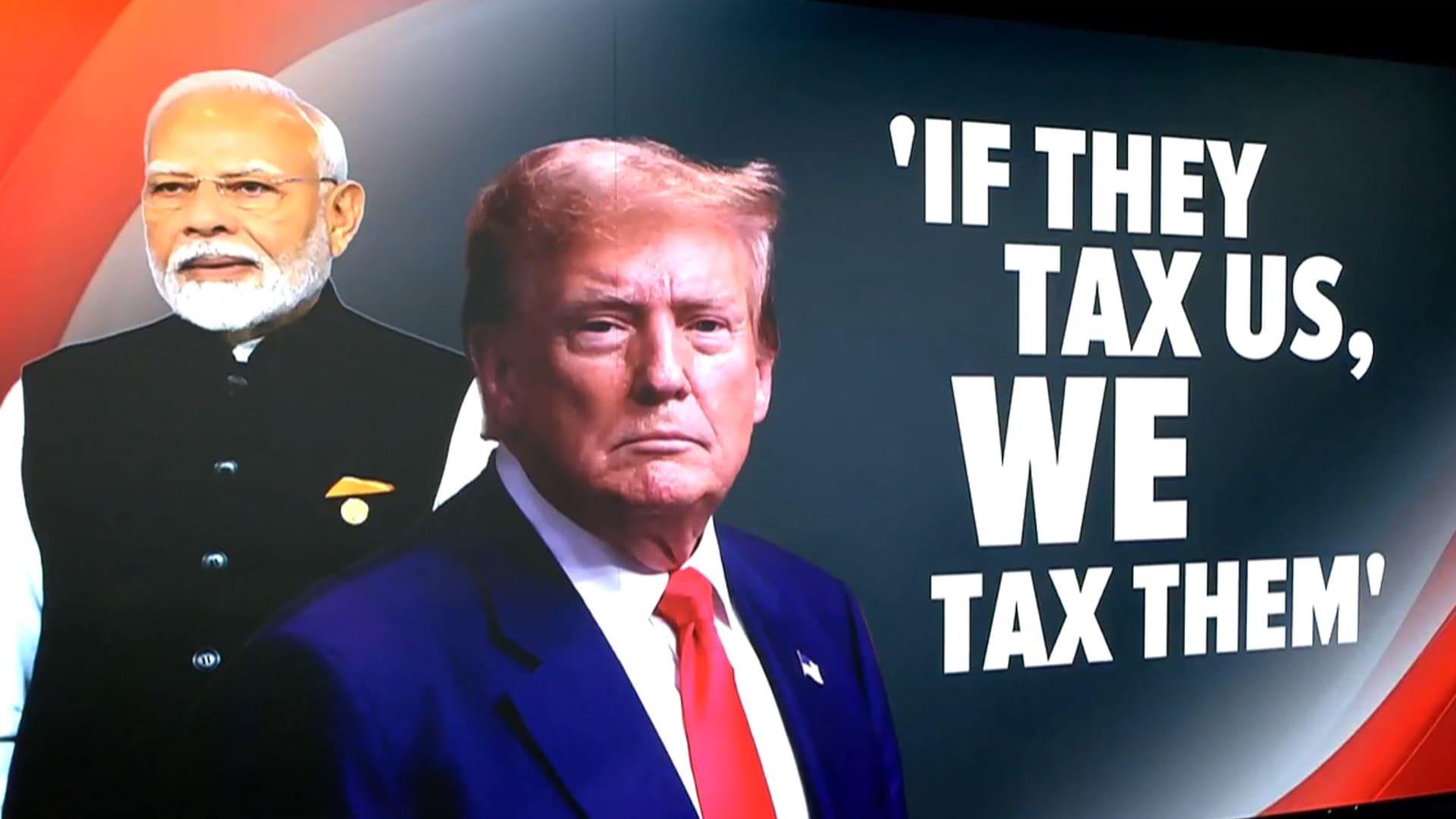India’s Gains Amid US Economic Concerns: Tariffs & Trade Deals
Tariffs operate on a comparative basis, and although a country’s levy on another is significant, the tariff rate it imposes on its rivals is more significant.
Anxiety around the world has increased since US President Donald Trump announced sweeping tariffs on Wednesday, and countries are rushing to react. Currently, India has three bright spots within the ominous economic clouds.
A comparative advantage
Tariffs operate on a comparative basis, and although a country’s levy on another is significant, the tariff rate it imposes on its rivals is more significant. Therefore, although the US tariff on India is crucial, the proposed tariff rate for, say, China, Bangladesh, or Vietnam may be more significant.
As per the announcement, the US will impose a 10 per cent base tariff on all countries from April 5, and an individualized reciprocal higher tariff from April 9 on countries with which Washington has the largest trade deficits.
When the initial phase of the uniform 10 percent tariff in India begins on April 5, a 17 percent tariff will follow on April 9, increasing the overall levy to 27 percent.
By the way, when Trump first announced it, India’s reciprocal tariff duty was 26%. However, the White House later issued an executive order with an annexure that indicated a 27 percent modified reciprocal tariff for India.
Possibility of negotiating
The second advantage for India is that the Trump administration has hinted that these reciprocal duties might be changed or even overturned if a nation were to satisfy US trade concerns. The majority of India’s talks would center on lessening some of the negative consequences of these tariffs. India and the US are already discussing a bilateral trade agreement, with both parties hoping to complete the first phase of the agreement by October this year.
Response to Tariffs in the United States
Finally, how America’s trading partners respond to these duties will determine how the tariff scenario develops going forward. Retaliation would be tempting for nations or groups that have historically had lower tariffs, such the EU, Japan, Australia, or even China.
Escalatory Spirals: What You Should Know in 2025
Given the amount and the fact that New Delhi is negotiating a bilateral agreement by which these tariffs could be reduced, that may not be the case in India. Any trade war would be counterproductive and clearly costly for both parties, therefore it is best to avoid it. In order to restore competitiveness to its manufacturing sector, India may be better off concentrating on obtaining concessions by lowering its own high tariffs.
America’s tariffs also provide India a chance to engage with its other trading partners to remove all of the current hurdles, including tariffs and the growing number of arbitrary non-tariff barriers that India has used in recent months.














Post Comment